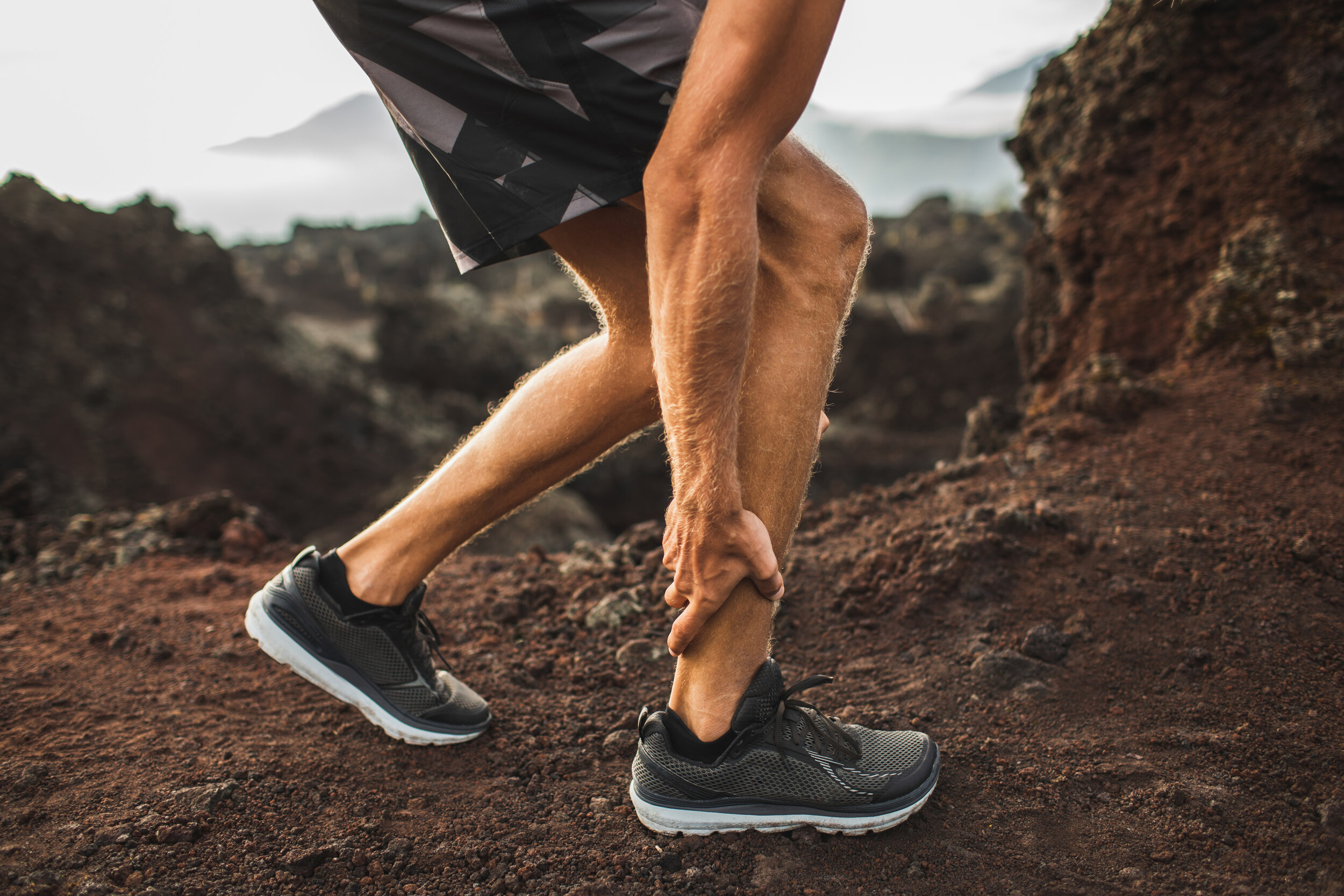Tendinopathies are a pain. If you have ever experienced this type of injury, you know this! While we treat these conditions often, these patients often become great friends of ours. Not only because we get them back to running, but because these injuries take time and constant attention.
We see an abundance of ‘failed’ tendinopathy cases, either from conservative care or those who have received injections and other interventions. A big misunderstanding we see it this...a patient comes in, states they have had it scrapped, injected, and have rested...and IT DIDN’T WORK! While frustrating, I have to explain to this person how they were misinformed. An injection will only help with pain, resting will only help with pain...but those two ‘treatment’ options didn’t do anything to fix the problem. Confused yet?
To help with understanding, below are 7 things you need to understand about tendon injuries to help you recover correctly and return to sport better than before.
I will start with the statement that I'm no magician, I don’t have a magic wand to fix these injuries. The one thing these cases need, that no one wants to give, is TIME and PATIENCE. Chronic tendinopathies require progressive loading and TIME. Progressive loading takes TIME. Most good protocols for chronic tendinopathies are 4-12 MONTHS long.
1. Treat This Injury Like Good Barbecue, Cook It SLOW.
Consistent daily loading of 10-15 reps over weeks to months is encouraged. We typically recommend 1 set of 10-15 reps done slowly 4-6x daily.
2. ‘No More Than’ 1,2,3,4, ‘I Hate When We Get To 6,7,8!
Pain during loading should be tolerable; a 1-4 out of 10 pain is just fine! When you push into the 6-8 out of 10 pain, you have done too much. Pay close attention to the 5/10 pain. If it is trending up from 5/10, then stop and modify. If the pain is trending down from 5/10, continue. Pain is an excellent indicator of progress and failure. Listen to your body!
3. Produce & No Worse.
Loading tendinopathies can produce pain, but later (minutes to hours later), the pain should return to baseline, where it was before the exercise. This is important because many patients and most exercise prescription should not produce pain, but tendinopathies are DIFFERENT! Pain (tolerable pain) is very likely with loading, and loading is REQUIRED for management and a successful outcome in many cases.
4. Watching Paint Dry.
The paint will dry. It will just take TIME. The rehab isn't sexy. It's 1-2 exercises several times daily for months. Your tendinopathy, if we assessed correctly, will get better, it just will take TIME. Most protocols are 4-12 months long. I typically will say initial results can begin at 2-3 months, but we won’t abandon the protocol until at least a 4-month trial has been completed. Think about that for a moment! If you have an actual tendinopathy issue, anyone who tells you they can fix it in a few weeks either doesn’t understand anatomy and physiology, or they are unfit to manage your case.
5. Progressive Overload Is Required To Make The Tendon "Bigger, Faster, Stronger And Harder To Put Down."
We start simple and progress as allowed. Isometrics -> Concentrics -> Eccentrics -> Functional Tasks, it’s the process, and most of the time, you can not skip a step. Throughout this process, we may need to back up periodically or adjust and step on the gas depending on how your body responds.
6. Tendon Injury Management.
We typically start by addressing the soft tissue and joint mobility involved to help treat pain and get you on the right track; this usually takes 2-4 weeks. We will then take the in-office exercises and emphasize progressive home loading and exercise progression. Once we start moving the needle, we move to ‘check-ins every 3-4 weeks in the office to evaluate progress, address sticking points, and progress exercises.
7. Slow Healing Tendinopathies.
It is often more than just the tissue and load, what other factors are going on in your life?
Metabolic Concerns -> Function Medicine Workup
Psychological Concerns -> Believe it or not; some people become very attached to their pain. Working through this and realizing that you WILL GET BETTER, it a huge part of the battle with chronic pain. It’s no longer taboo to talk with someone about this!
Long-Standing Tendinopathies that have improved but plateaued must consider additional loading or regenerative medicine referral.
Knowledge is power; what you do with it is your choice. I will end with the most significant issue we see when dealing with these cases, REST. Many believe that rest will heal a tendon injury. We know so much more about Achilles injuries, plantar fasciitis, high hamstring tendinopathy, and other tendinopathies, we KNOW that rest does not help. It will help with pain, but it does not address the problem. Once you return to the activity that causes the problem, it will come right back.
Are you unable to run, hike, ski, or exercise because of a nagging tendon issue that shuts you down in the first few steps? Have you been resting, icing, are have even had an injection or two with little results? It’s time to step-it up...it’s time to load it...it’s time to push it. Schedule an appointment today, and let’s get started getting you back to the things you enjoy.
- - -
Dr. Reheisse is a Board Certified Chiropractic Sports Physician practicing in Cottonwood Heights, Utah. Revive Sport & Spine provides evidence-supported chiropractic care and conservative sports injury management. Special mention and credit to Dr. Dino Pappas for the article outline.


